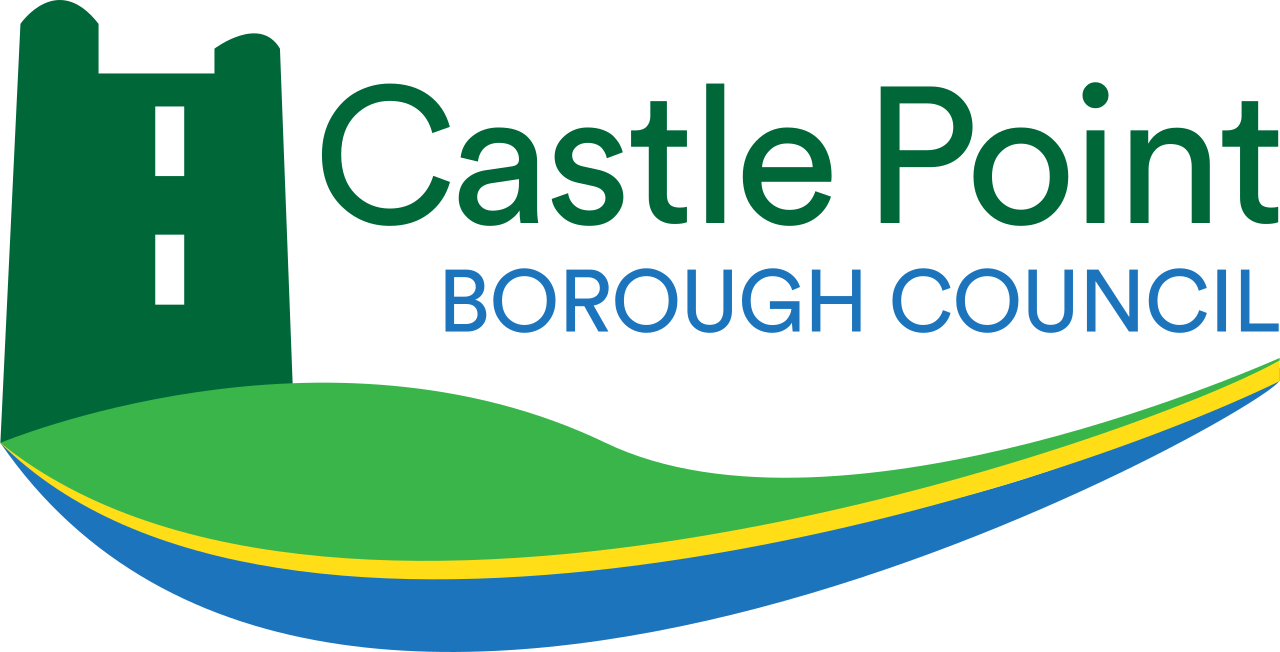The CIL Charging Schedule includes different rates for residential housing and residential flats on greenfield and brownfield sites on Canvey Island.
This guidance sets out how we will decide if land is brownfield or greenfield.
Definition of brownfield Land
We use the definition of brownfield land set out in the National Planning Policy Framework, which is as follows:
‘Land which is or was occupied by a permanent structure, including the curtilage of the developed land (although it should not be assumed that the whole curtilage should be developed) and any associated fixed surface infrastructure.
This excludes land that is or was last occupied by:
- agricultural or forestry buildings;
- land that has been developed for minerals extraction or waste disposal by landfill, where provision for restoration has been made through development management procedures;
- land in built-up areas such as residential gardens, parks, recreation grounds and allotments; and
- land that was previously developed but where the remains of the permanent structure or fixed surface infrastructure have blended into the landscape.’
We have used the definition of brownfield land to set out how we will determine if a site is brownfield or greenfield.
| Existing Land Use |
Brownfield? |
Greenfield? |
| Land occupied by a permanent structure (including the curtilage of the land) and fixed surface infrastructure. |
Yes |
|
| Land which was previously developed and where remains of the permanent structure have not blended into the landscape. |
Yes |
|
| Land which was previously developed by where remains of the permanent structure have blended into the landscape. |
|
Yes |
| Restored minerals extraction site. |
|
Yes |
| Restored landfill site. |
|
Yes |
| Residential gardens in built up areas. |
|
Yes |
| Parks in built up area. |
|
Yes |
| Recreation grounds in built up area. |
|
Yes |
| Allotments in built up area. |
|
Yes |
Redevelopments affecting residential gardens
We define a residential garden as being:
‘A piece of ground, usually partly grassed and adjoining a private house for growing flowers, fruit and vegetables and as a place of recreation’.
Under the definition of brownfield land, residential gardens in the built up area are excluded and are therefore considered to be greenfield land.
This has implications for the redevelopment of existing residential plots on Canvey Island and will vary depending on the circumstances.
- Where a development occurs wholly within the garden i.e. a house is built in surplus garden land, then this would be greenfield development.
- Where a development occurs wholly upon the footprint of an existing house, without encroachment into the garden this would be brownfield development.
- Where a development involves the redevelopment of an existing house and also part of the garden space, we will measure the proportion of development that falls within the footprint of the existing house, and the proportion of development that falls within the existing garden and apply a proportionate approach to the CIL charge split between the brownfield and greenfield rates.
- Where demolition has already occurred, we will also consider the extent to which the remains have blended into the landscape in determining the rate that should be applied.
